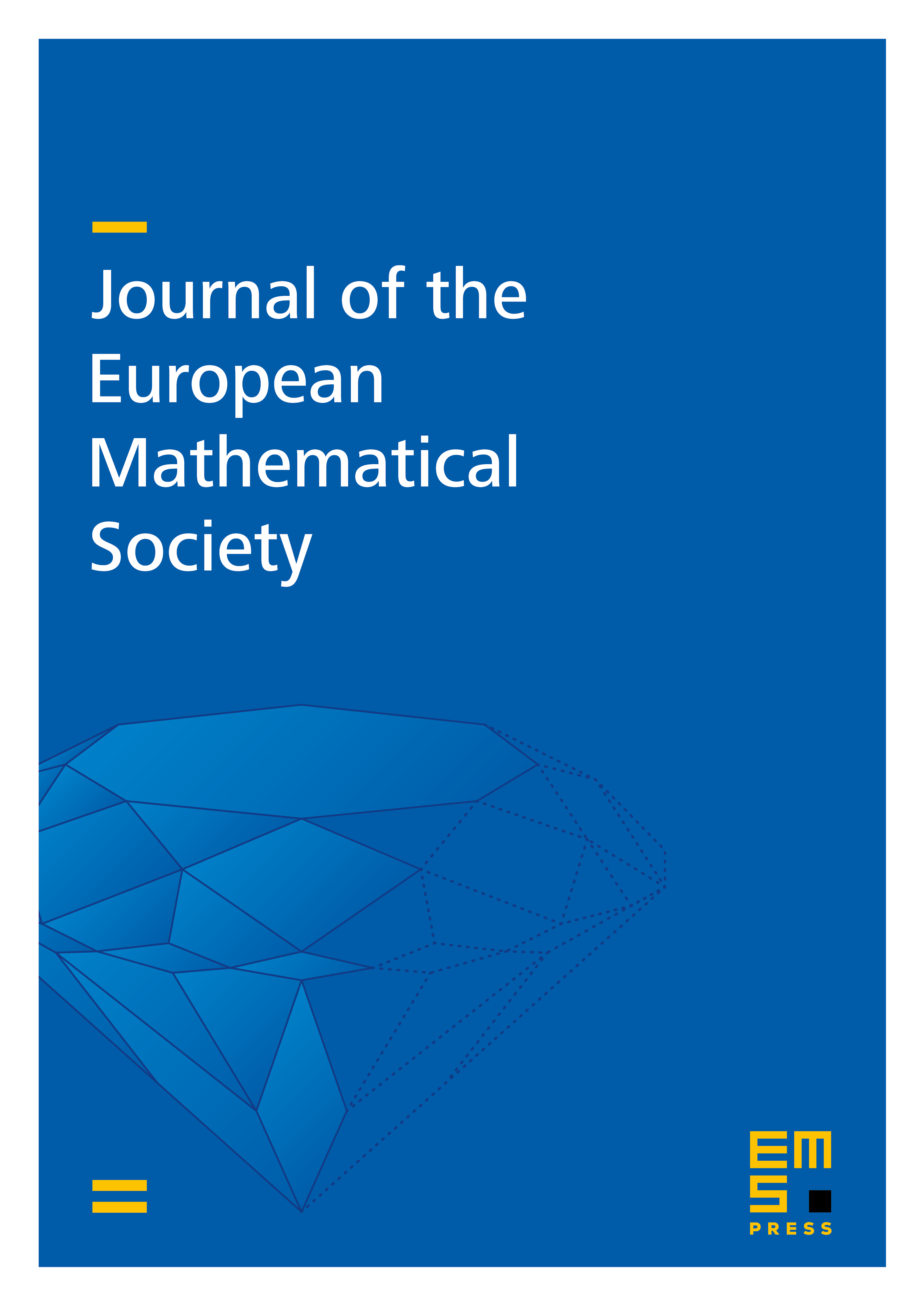Differences of random Cantor sets and lower spectral radii
F. Michel Dekking
Delft University of Technology, NetherlandsBram Kuijvenhoven
ABN AMRO Bank, Amsterdam, Netherlands

Abstract
We investigate the question under which conditions the algebraic difference between two independent random Cantor sets and almost surely contains an interval, and when not. The natural condition is whether the sum of the Hausdorff dimensions of the sets is smaller (no interval) or larger (an interval) than . Palis conjectured that generically it should be true that should imply that contains an interval. We prove that for 2-adic random Cantor sets generated by a vector of probabilities the interior of the region where the Palis conjecture does not hold is given by those which satisfy and . We furthermore prove a general result which characterizes the interval/no interval property in terms of the lower spectral radius of a set of matrices.
Cite this article
F. Michel Dekking, Bram Kuijvenhoven, Differences of random Cantor sets and lower spectral radii. J. Eur. Math. Soc. 13 (2011), no. 3, pp. 733–760
DOI 10.4171/JEMS/266